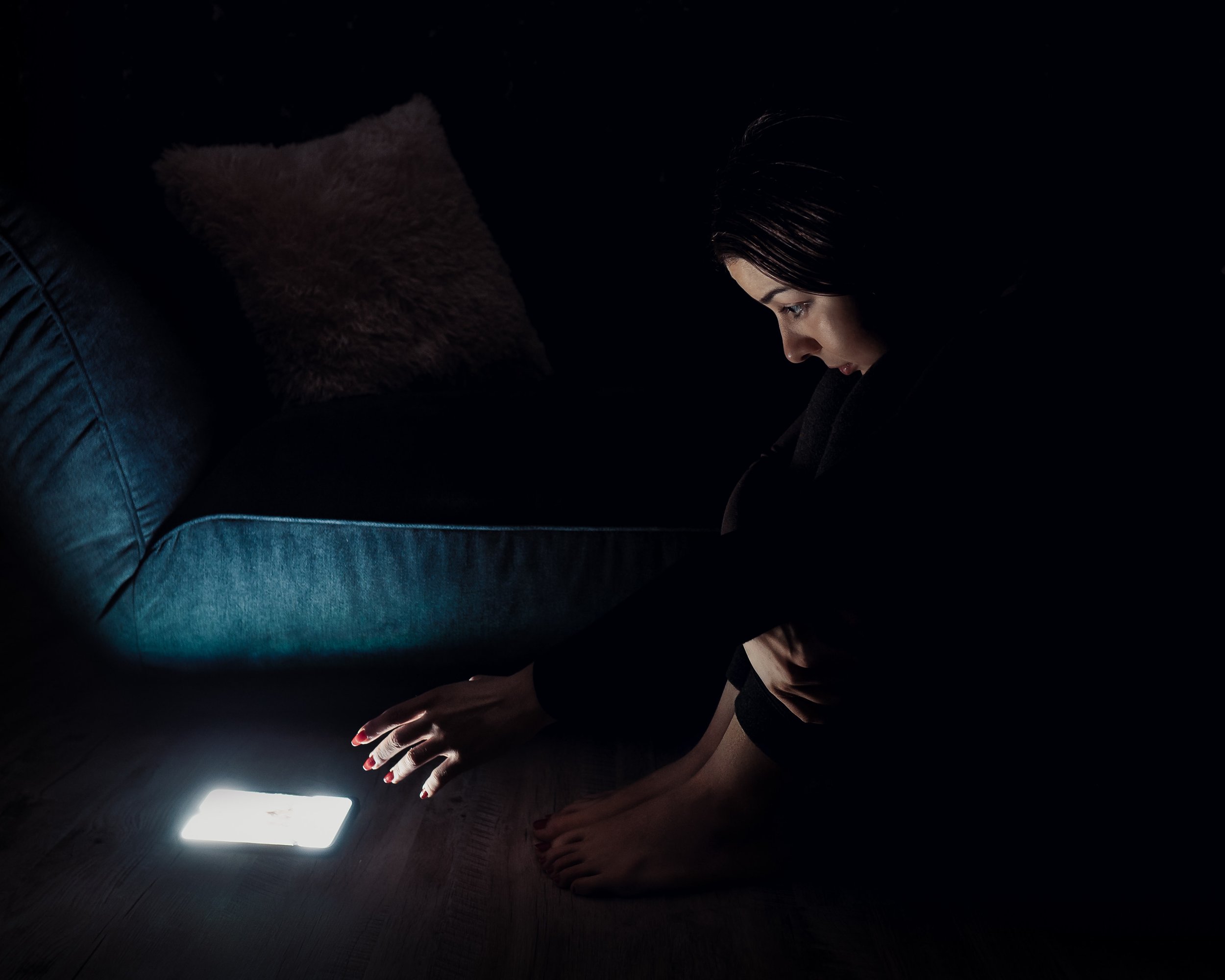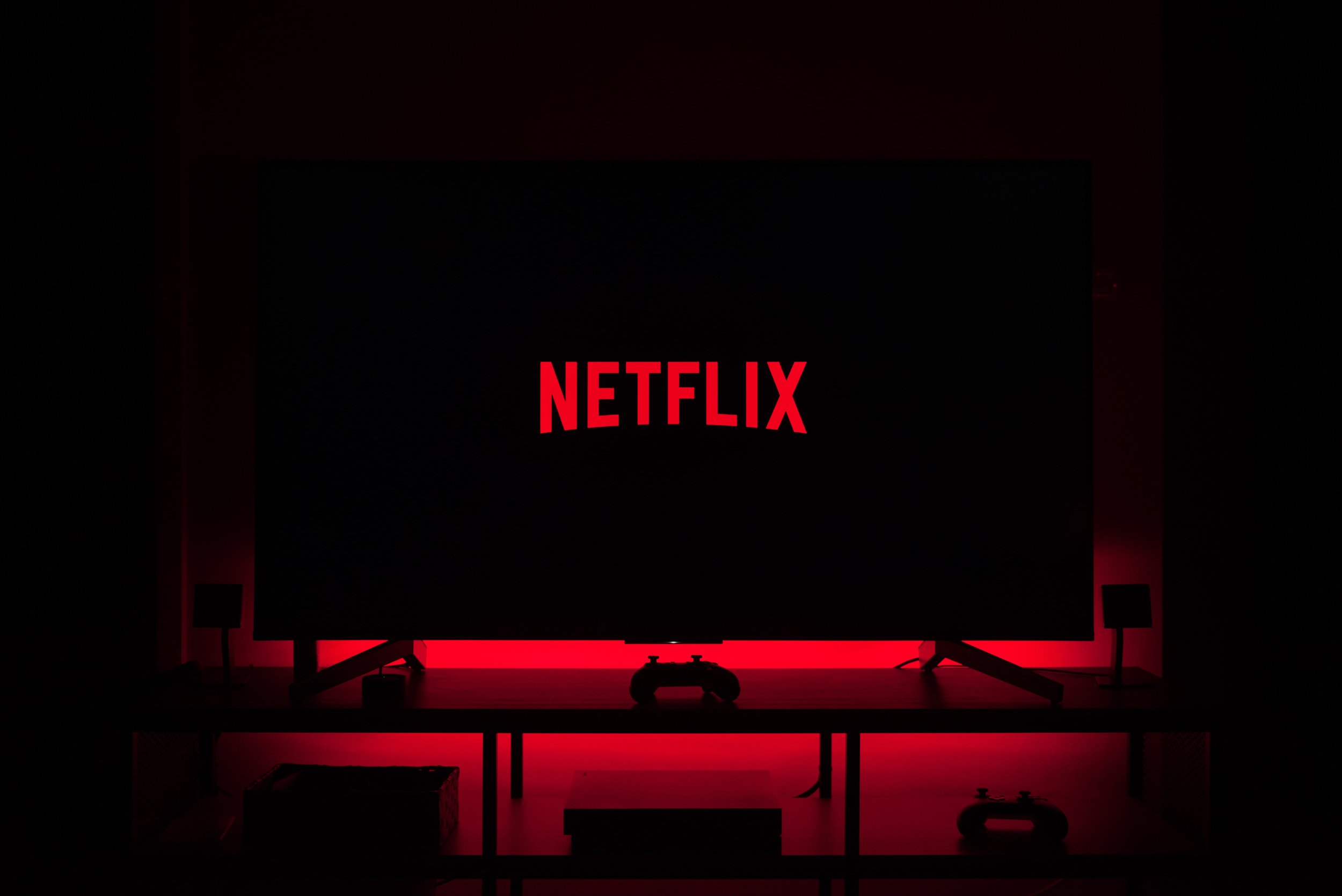Disconnecting from Distractions
photo by Inspa Makers
This is not a blog telling you to break up with your phone or throw it in a river. Although if you want to do that, you should. Instead, this is a blog about disconnection, nature/instinct, balance, and reconnection. As a therapist, and a human, I am noticing the incongruence between what people want and how they want to feel versus, behaviors that lead them away from those intentions. We seem to be getting in our own way, but it’s not our fault. So, I don’t want this blog to make you feel bad about yourself. Instead, I want this to be an opportunity to get to know yourself and your needs better. My intention is to spark curiosity and motivation.
“Unfortunately, our phone is so addictive that it needs to be out of sight to create healthy boundaries with it.”
As I said, it’s not our fault that we seem to be getting in our own way when it comes to the relationship we have with our devices. I learned recently that the smartphone was designed to mimic the slot machine – an incredibly addictive machine that releases lots of dopamine. Dopamine is a chemical released in the brain that makes us feel good. Every time we get a notification, alert, message, email, friend request, like (the list goes on), we get a hit of dopamine. This sets us up for frustration, disappointment, and googling, ‘Do I have ADHD?’ On the one hand, we have a list of things we want to do, and on the other hand, we are being sucked into the black hole of our smartphone. This cycle is addicting and distracting causing us to feel disconnected from ourselves and the world around us.
photo by Thibault Penin
So, what do we do about this? I recommend starting with practicing mindful self-awareness by starting to pay attention (on purpose) to the relationship with our electronic devices. Most of us use our phones on autopilot. We watch Netflix while scrolling Instagram or TikTok. We work on our computer with several browsers open, while chatting, and online shopping. We may leave our phone in another room, but our smartwatch alerts us just the same. When I ask my clients if they review their screen time report weekly, I commonly hear ‘no.’ If we are feeling distracted and unable to focus, we need to learn where our time and attention is going.
“As we start to consciously separate from our phones and electronic devices, taking small breaks throughout the day, we may feel anxious and uneasy without them.”
Once we become aware of the relationship with our devices and how much time we are spending on them, we can start taking small steps to gain our power back. Think of a pendulum on a clock and remember that when it swings far to one side, it always comes back just as far on the other side. Typically, when we make extreme behavior changes, they don’t last long because we always come swinging back in the opposite direction (think fad diets). Therefore, once we’ve established some self-awareness and we know what we need, then we can start taking small steps to find balance. Examples of small steps looks like going to the bathroom without your phone, watching tv and leaving your phone and smartwatch in another room, putting your phone/watch away during meals, getting an alarm clock for your nightstand and charging your phone away from your bed. Unfortunately, our phone is so addictive that it needs to be out of sight to create healthy boundaries with it.
photo by Sharon McCutcheon
“This isn’t a black or white, either-or conversation. This is about finding and creating balance in our lives so we can reconnect with ourselves, our goals, and our desires.”
As we start to consciously separate from our phones and electronic devices, taking small breaks throughout the day, we may feel anxious and uneasy without them. This is a normal feeling and response to something so addictive. This feeling will start to diminish over time as we practice self-awareness and discipline, by taking space from our phone on a daily and consistent basis. Remember, discipline is consistency in showing up for yourself. As we disconnect from our devices, we have the opportunity to reconnect with the things and people that matter to us. Disconnection invites in reconnection to our true self, our true nature. We were not designed to be plugged in, distracted, and connected 24/7. Let’s bring balance back into our lives by slowing down.
This isn’t a black or white, either-or conversation. This is about finding and creating balance in our lives so we can reconnect with ourselves, our goals, and our desires. Our smart devices serve a purpose, and they help us with several daily tasks. However, this doesn’t mean they need to be attached to us all the time. We can find balance by taking space from our phone first thing in the morning, and last thing before bed. Leaving them in another room when we are with loved ones. Putting them away while using another device. By slowing down and disconnecting we become realigned with our true nature, our gut instinct. This helps us become even more self-aware, less distracted, and more focused on what’s right in front of us.
photo by Adrian Swancar
Some key takeaways:
- Study your screen time report weekly. Become familiar with how much time you spend on your devices
- Start with small steps, instead of drastic changes
- Notice how you feel in your mind and body when you consciously and mindfully take physical space from your phone
- Ideas for space: Not checking your phone for the first and last 30-60 minutes of your day. Going to the bathroom without your phone. Turning off notifications, badges, and alerts. Putting your phone away during meals. Charging your phone away from your bed. Taking device detox days. What other ideas do you have? Please share in the comments below!
cover photo by Andriyko Podilnyk




